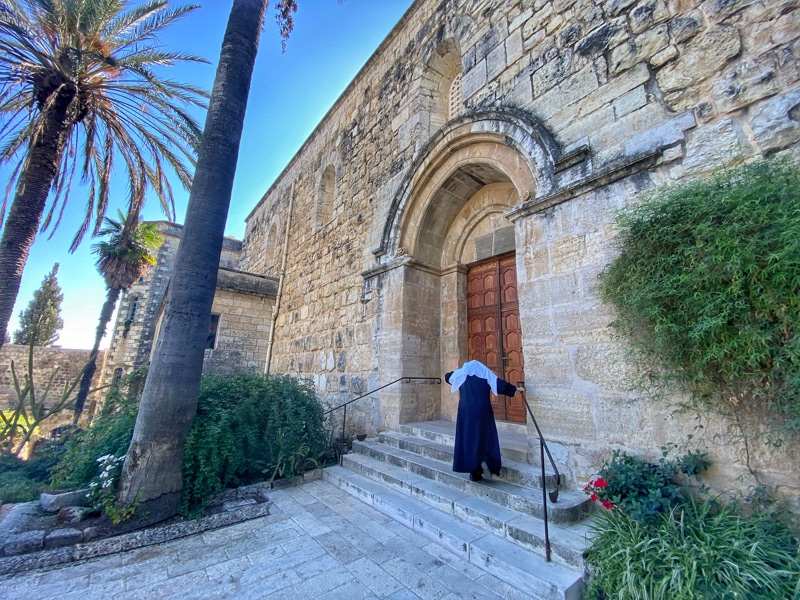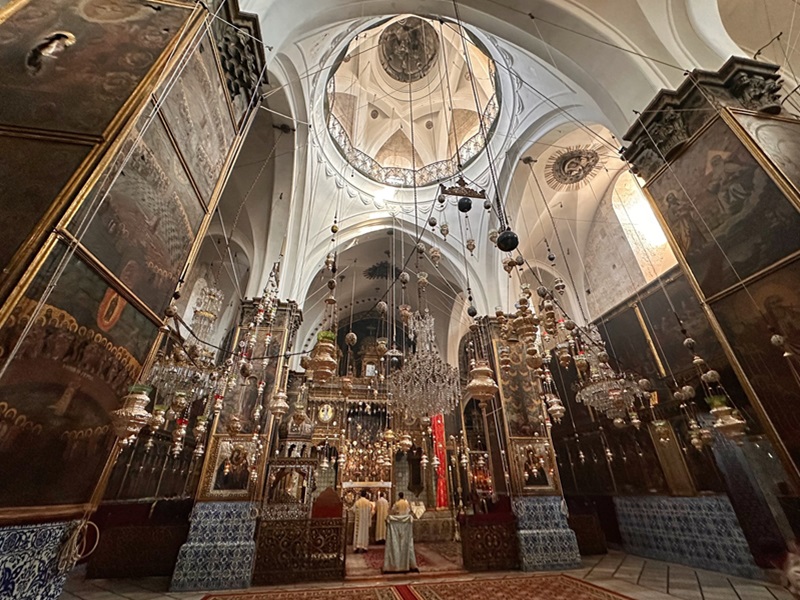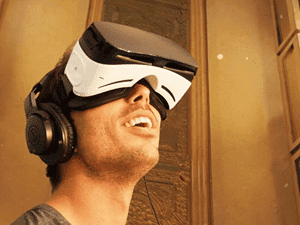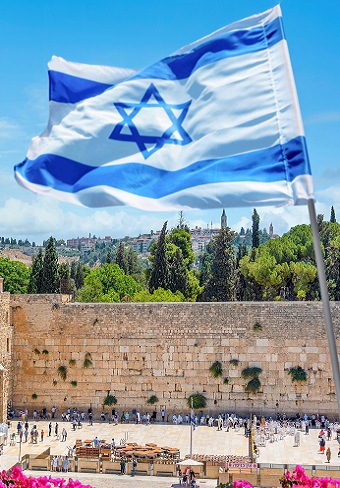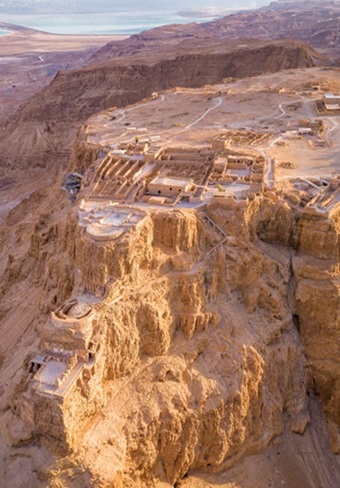Hezekiah’s Broad Wall
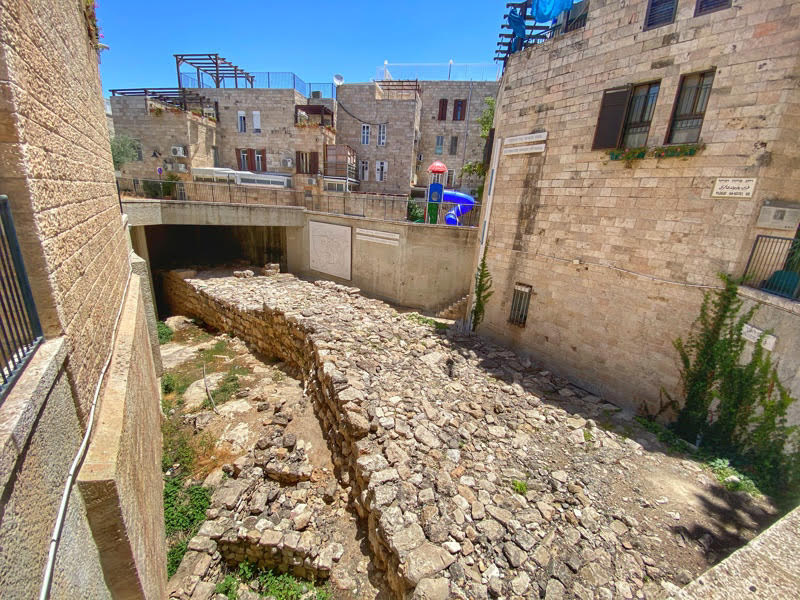
During the Israeli-Arab War in 1948, the Jordanians conquered the Jewish quarter and deported its Jewish residents. The Jewish quarter was in ruins for 19 years, until 1967. As a result of the Six Days War, Jerusalem reunited, but now under Israeli sovereignty. The state of Israel restored the Jewish quarter, yet conducted large-scale archaeological excavation prior to its reconstruction. The archaeological teams made many discoveries, such as the Cardo, the Herodian Quarter, and more.
Among others, the archaeological expedition uncovered the foundations of a vast wall. It labeled it as The Broad Wall, a term mentioned in the book of Nehemiah (3:8), although the dating material indicated it was built already in the 8th Century BC. The most common assumption is that King Hezekiah ordered the construction of this wall as he anticipated a massive Assyrian attack. Additional reinforcement is attributed to King Zedekiah, fortifying Jerusalem again, against the Babylonians.
Did the Broad Wall Lead to a World Religion?
Sennaherib’s failure to conquer Jerusalem significantly impacted the history of Jerusalem, Judaism, and perhaps all of humanity. Surviving the Assyrian assault, King Hezekiah completed a religious reform that led to monotheism. At the same time, prophet Isaiah proclaimed for the first time the concept of Messiah. The combination of both is the essence of the main religion in the world today – Christianity.
Visiting the Broad Wall
The Broad Wall is on public display in the heart of the Jewish quarter, next to the Cardo. On its outer face one can even see foundations of houses which were cleared to build the wall. This evidence matches well the call of prophet Isaiah to clear houses so the city can be fortified (Isa. 22:9-11).
A visit to the Broad Wall can be integrated in a day tour of Jerusalem.
